PHY.K02UF Molecular and Solid State Physics
|
| ||||
PHY.K02UF Molecular and Solid State Physics | ||||
The program from the previous page on Bloch waves in 1-D can be put in a loop to calculate wave vectors $k$ for many energies. This can be used to plot the electron dispersion relation $E\text{ vs. }k$. This is called a band structure calculation. From this data of $E$ and $k$ it is possible to calculate the density of states is,
$$D(E) = \frac{2}{\pi}\frac{dk}{dE},$$and the group velocity is,
$$v_g= \frac{1}{\hbar}\frac{dE}{dk}.$$The density of states and the group velocity go to zero in the band gaps. There is also a plot of the $\alpha$ parameter, which is used in the calculation. If $|\alpha| < 2$, the state is in a band, otherwise it is in a band gap.
Notice that the size of the band gap is about the same as the amplitude of the potential. For potentials with small amplitudes, the $E\text{ vs. }k$ dispersion relation is nearly that of the free electron model $E=\frac{\hbar^2k^2}{2m}$.
Standard mathematical functions abs(x), acos(x), asin(x), atan(x), cos(x), exp(x), log(x), pi = 3.141592653589793, pow(x,y) = xy, round(x), sin(x), sqrt(x), tan(x) can be used in the form. In addition, the Heaviside step function H(x) can be used. Multiplication must be specified with a '*' symbol, 3*cos(x) not 3cos(x). Powers are specified with the 'pow' function: x² is pow(x,2) not x^2.
Some potentials that can be pasted into the form are given below.
 | 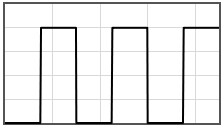 | |||
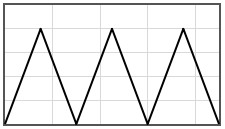 | 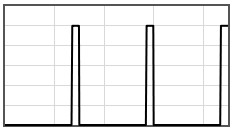 | |||
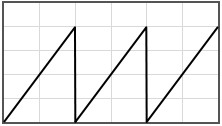 | 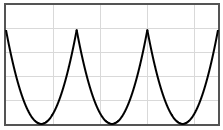 | |||
 | 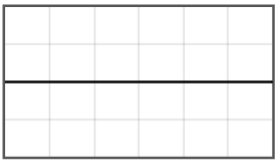 |